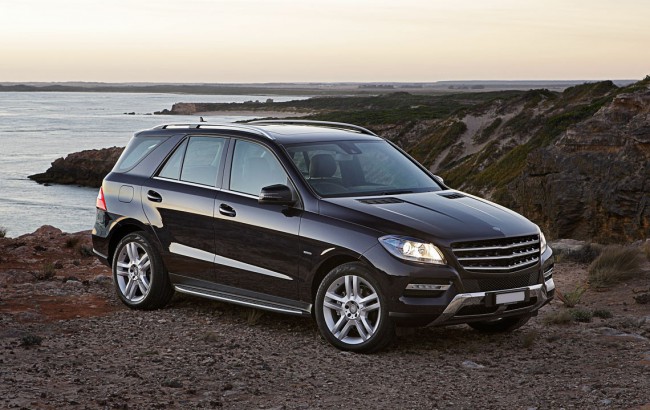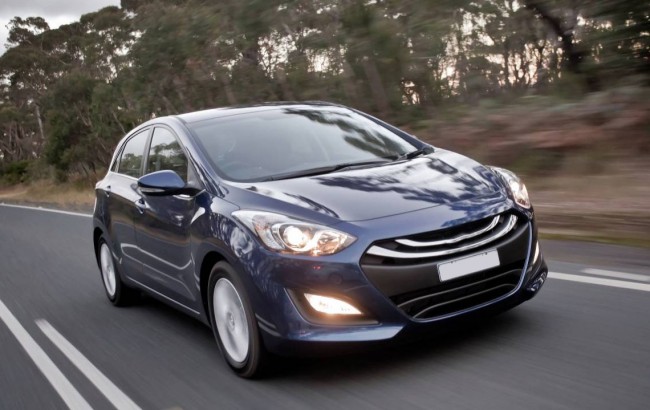Why and How to Do a Test Drive Before You Buy
Why and How to Do a Test Drive Before You Buy

A test drive makes all the difference.
Why test drive a car? One in six car shoppers skip the test drive entirely, but you absolutely should not skip it. Even if you are buying a new car that likely does not have any mechanical issues, you still have a host of reasons to get behind the wheel for a quick spin.
Why Test Drive?
Used cars need a test drive because that is the best way to determine if there is anything wrong with the car. However, new cars also need a test drive because you need to be sure it is the right car for you. While car engineering and design have advanced incredibly over the last few decades, there is still an enormous variety of styles and approaches to how cars drive. Even a perfectly good car may just not “feel” right.
What To Test
Acceleration: Especially with smaller cars, it is worth testing out how much oomph you get when you tap the gas. Late-model cars, in particular, can have a surprisingly sensitive throttle, and you might find yourself needing to get the hang of the car.
Braking: Brakes are your key safety feature and the one you have the most control over, so put the brakes to the test. Brakes should feel smooth and responsive; if you jerk to a halt lightly feathering the pedal, or have to drive it into the mat just to make a full stop at the light, you have a problem. Do not forget, though, that some cars, like hybrids, will feel different when you brake, as braking also charges the battery.

Before you sign, test the car.
Steering: The car’s controls should move easily, feel smooth, and be responsive. You should not be cranking the wheel to make a turn or veering all over the road because you slightly adjusted the wheel.
Mirrors: Being able to see out the back and sides as much as possible can make the difference between a clean driving record and an ugly accident. Check the visibility, and not just through the mirrors. Look over your shoulder through the back and down the side of the car, and try to see if there are any blind spots for which you will need to compensate.
Cabin Noise: Modern cars can be whisper-quiet, and you should shut off the radio and ask for a little silence while driving so you can get a sense of the overall noise in the cabin. This will also help with used cars as it will let you catch noises and rattles that the radio, or an overly chatty salesperson, might disguise.
Once you are done with the test drive, you can probably expect the salesperson to be drawing up papers unless you have made it clear that you are just there to test the car. In some cases, the car does sell itself. Resist the temptation and test drive all the cars you are considering. A good test drive is a positive sign, but there is much more to buying a car than how it feels. Use the research from CarFoundMe to find not just your ideal car, but how to pay for it, how to insure it, and how to get a better car every time you buy.


